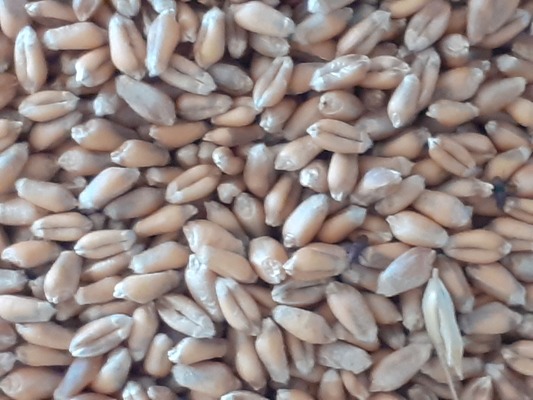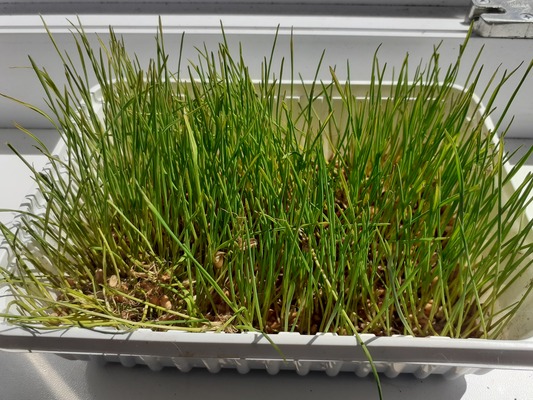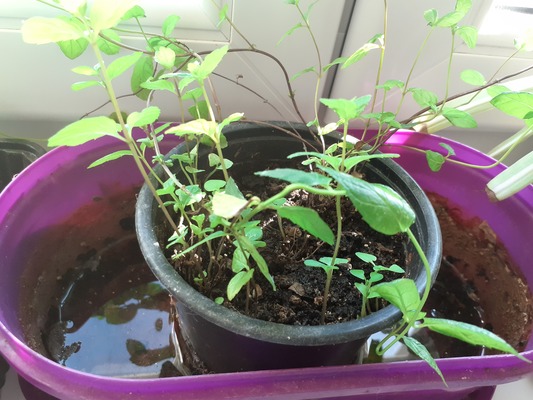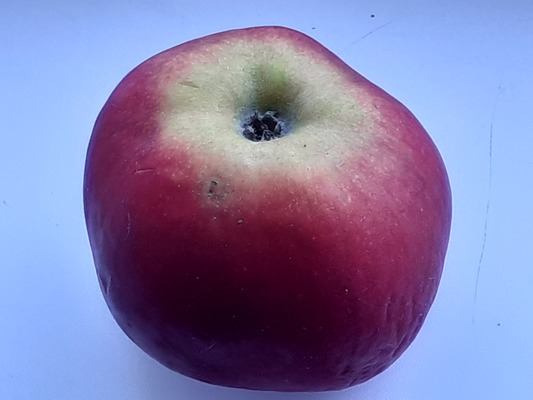
Nourishing one person involves a team of fishers, farmers, ranchers, and farmworkers to enrich our food system. Before food gets to the table, many people work hard to make our plates full.
Students investigate about raw materials in their regions, how they are cultivated or harvested.
CZECH REPUBLIC
https://youtu.be/CLfpnsW3WV4
PORTUGAL
THE ART OF FISHING IN PÓVOA DE VARZIM IS SHOWN IN TILES

...and other paintings and sculptures

Portuguese students with the help of the Eco-schools created a video about planting BEANS and Biodiversity at home - what must happen before food can get to our table to nourish our bodies and spirits.
Students learn that by working in the garden or in the school greenhouse, they can turn a forgotten space into something that gathers the family/students around healthy and sustainable eating goals.
CROAT I A
Wheat
Wheat is important staple in Croatia, due to its use in nutrition (high protein and fiber) and economic value. The most important growing areas for bread wheat are located in East part of Croatia (Slavonia and Baranja County).
Requirements:
- Wheat grains
- Water
- Saucer(s) or bowl(s)
- Potting soil or cotton wool
- Spoon
- Scissors
We bought seed on Dolac, our main market.

We soaked seeds in water. After few days they had small roots. In ten days we had grass.

Each December, families and individuals around Croatia grow Božićna pšenica (Christmas wheat) in their homes. Growing Christmas wheat is an old Croatian Christmas custom. The wheat is usually grown in small saucers and is used as a holiday decoration. The wheat also has symbolic meanings. It represents circle of life (death and rebirth) and blessing of the harvest.
Basil
Basil is a key ingredient in Mediterranean, and thus Dalmatian, cuisine. Although it originated in India and north-eastern Africa, today basil can be found across the globe.
We simple sow it in the pot.

Oregano
Oregano or wild marjoram is an aromatic and medicinal herb of the mint family. It is indigenous to the Mediterranean, and indispensable in the Mediterranean cuisine. It is known as an indispensable spice in pizza making. It’s a good addition to omelettes, sauces, tomato-based dishes, lamb or vegetable dishes.

Lavender
Lavender grows up to 1.2 meters in height and about 1 meter in width. It grows in the Mediterranean region, south to tropical Africa and southeast of India. Lavender is mostly used for the production of lavender oil used as an antiseptic and in aromatherapy. Leafs and petals are used fresh as an addition to salads, soups and cooked meals. The flowers can be crystallized with sugar and added to marmalades, ice cream and as an aromatic additive to salad vinegar.
We can buy lavender on our markets.

Apple

In Croatia, fruit orchards cover 30,500 hectares, and 5,100 hectares of these are apple orchids. The largest area planted with apple trees is in the eastern county of Osijek-Baranja. This year, it is likely that 55,000 tonnes of apples will be harvested, and the fruit grown in Croatia is of excellent quality. Idared is the most popular apple cultivar in Croatia (33%), Golden Delicious follows with 13%, while Jonagold ranks third, 9%, Gala is fourth with 7% share, and Granny Smith has a 5% share, whereas all other varieties account for 35% of production.
Old sorts do not always look as the first-class fruit, but they are distinguished by their different fullness of taste and especially expressed aroma. Old cultivars are: ‘Roter Pogatscher’ (‘Božićnica’) , ‘Blumen Calvill’ Grafenštajnka’, ‘Großer Rheinischer Bohnapfel’ (‘Bobovec’), ‘Grüner Stettiner’ (‘Zeleni štetinec’), ‘Weißer Winterkalvill’ (‘Bijeli zimski kalvil’), ‘London Pippin’ (‘London peping’), ‘Yellow Bellflower’ (‘Lijepocvjetka’), and ‘Reinette de Champagne’ (‘Šampanjka’) The varieties Zimnjara, Lještarka and Adamova zvijezda are also traditional.
Martin J.
source: https://trogir-restaurant.com/en/ten-spices-of-indigenous-dalmatian-cuisine/